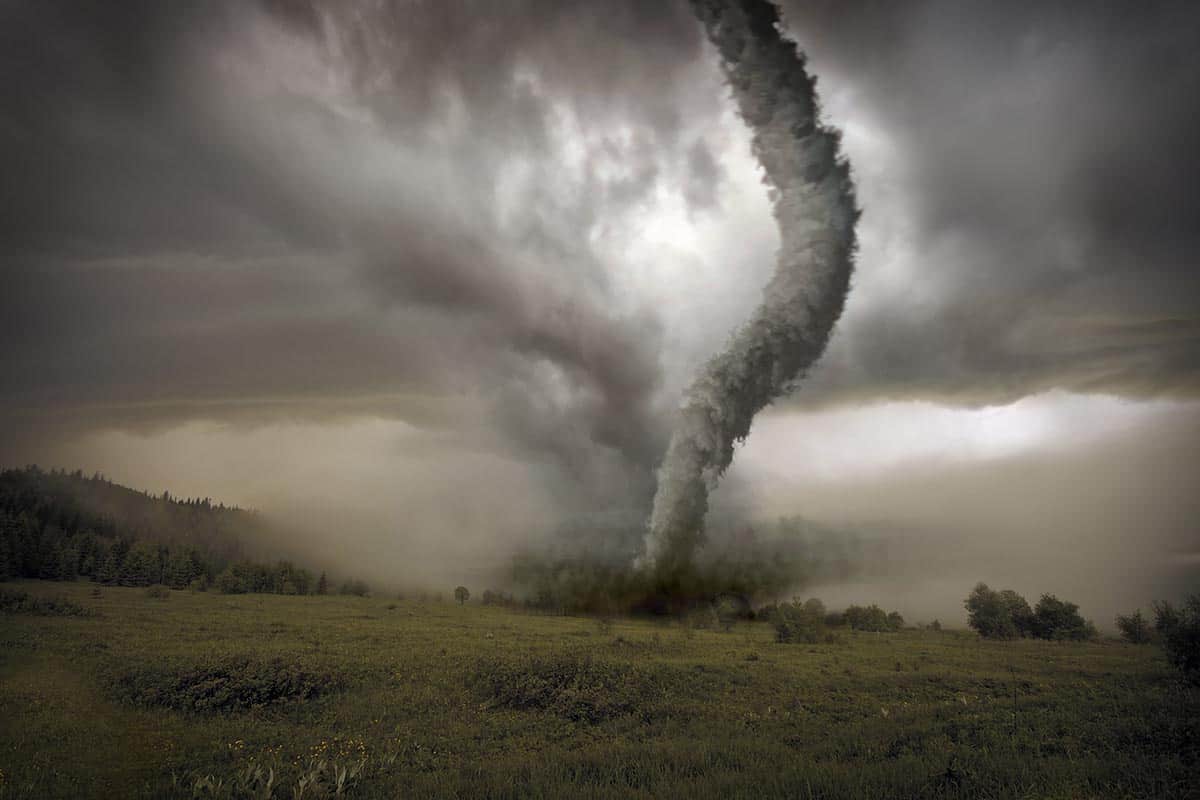
Since 80% of the North Atlantic Hurricanes form from June through October, hurricane season is declared from June 1 to November 30. The months when storms are most frequent on the Texas coast are August and September.
What about tornadoes? The summer months are when tornadic activity typically begins to slow down again. However, the Texas Panhandle usually sees its peak of tornado season in June – this is because the jet stream has moved north and west and the Panhandles usually get the most energy at this point.
The Severe Weather Report Summary for the last few years consistently showed over 100 tornadoes, 600+ hail reports and 400+ strong wind reports between January and early June across the Lone Star State. Based on the 1985-2019 average, Texas sees 140 tornadoes per year!
http://www.spc.noaa.gov/climo/online/monthly/states.php?month=00&year=2017&state=TX
Is your roof prepared for severe weather?
Nobody wants a tornado or damaging storm to hit their house but there are steps we can all take to help make sure our house can stand up against some of the damaging wind and rain of these storms.
If it’s an EF5 tornado you’re facing, there’s not much to be done, but is your roof prepared to withstand the winds of smaller tornadoes or storms? There are some simple ways to make sure it is. By maintaining your roof’s integrity throughout the year, you won’t have to be as worried about your roof when you hear there’s a threat of severe weather around your neighborhood.
Identify roof problems
Checking your roof thoroughly is one of the best ways to tell if it is prepared for tornado and storm season. If you have an attic or other accessible space, you can do a visible inspection of the inside portion of your roofing structure.
- Look for signs of nails or screws coming loose and not connecting strongly to the trusses. Your roof needs to be firmly and properly nailed down to withstand tornadic winds.
- Is there wood rot or deterioration on anything that connects to your roof? This could create a weakened area and harm the integrity of your roof system.
- Look out for any noticeable leaks: Any amount of water getting under the roof can cause serious damage. Any leaks not attended to also create the potential for even more damage during a severe storm.
You can then do an inspection from the outside for similar issues, plus things like uplifted or loose shingles. If you spot anything that doesn’t look right, be sure to call in professionals.
Is it time to upgrade?
If you want extra protection for your roof, you may want to consider having hurricane straps installed. Hurricane straps are designed to withstand a minimum of 300 pounds of uplifting pressure, just like you’d see with tornado-force winds.
These straps work by reinforcing the bond between your roof and your walls, making it harder for the pressure created by strong winds to destroy your roof. Some new homes may already have them, depending on your local building codes. Hurricane straps can be complicated to install so, if you would like them installed on your roof, contact a qualified roofer.
If you find any problem areas, be sure to contact your trusted and licensed roofing company like Remedy Roofing. Our trained project managers will be glad to help you with a full inspection and any repairs that are needed.
